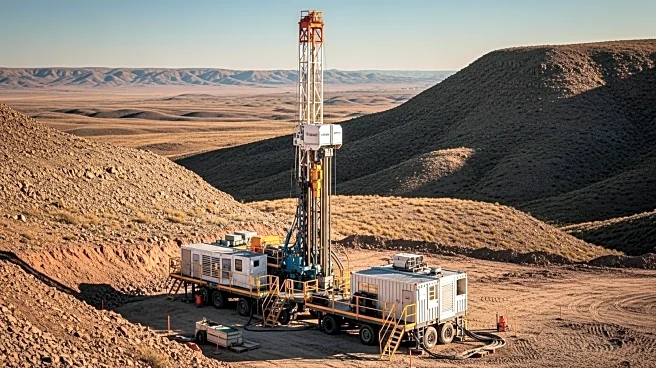What's Happening?
Bill Gates has expressed his belief that the future of energy lies in subatomic technologies, specifically fusion and next-generation fission power. Gates highlights the potential of these technologies to provide unlimited energy and eliminate carbon emissions. Fission, which has been used since 1954, involves splitting atoms to release energy, while fusion combines atoms, mimicking the process that powers the sun. Gates' company, TerraPower, is developing safer and more efficient fission reactors, with the first plant expected to be operational by 2030. Fusion technology, although further away, is progressing rapidly, with companies like Commonwealth Fusion Systems aiming to commercialize it within the next decade.
Why It's Important?
The advancement of fusion and fission technologies represents a significant shift in the global energy landscape, offering solutions to the challenges of energy security and climate change. These technologies promise to provide clean, reliable, and abundant energy, reducing dependence on fossil fuels and lowering greenhouse gas emissions. The development of TerraPower's reactors and the commercialization of fusion energy could revolutionize the energy sector, making electricity more affordable and accessible worldwide. This transformation has the potential to drive economic growth, improve living standards, and support sustainable development, particularly in remote and underserved regions.
What's Next?
The next steps involve the construction and operationalization of TerraPower's fission plant in Wyoming, with the Nuclear Regulatory Commission reviewing the application for the nuclear reactor. Fusion technology is expected to demonstrate net energy production within the next two years, with Commonwealth Fusion Systems planning to build its first power plant in Virginia. As these technologies progress, stakeholders will focus on overcoming technical and regulatory challenges, ensuring safety, and reducing costs. The successful deployment of these energy sources could lead to widespread adoption, influencing energy policies and encouraging further investments in clean energy innovations.











